- Mar 28, 2011
- 144
- 4
- 161
I really need huastec roosters to revive my bloodline, the last 4 have brought in characteristics I do not like, fighting mostly.
Follow along with the video below to see how to install our site as a web app on your home screen.
Note: This feature may not be available in some browsers.
Stunning! You are lucky, mine are very plain, but still adorable!Edds book is very informative. He cares much more than just about the SOP. He care about the long term survival of Mapuche chickens.
Here is one of my birds from him:
View attachment 2241617
Never heard of those. Got to google the breed.I really need huastec roosters to revive my bloodline, the last 4 have brought in characteristics I do not like, fighting mostly.
Beautiful birds!I have a few Quechua Olmec that are coming along nicely. The Roos are absolute dolls.
View attachment 2538922View attachment 2538923View attachment 2538924
Hello everybody...
Hatching eggs are $48 per dozen (you don't have to get a whole dozen), Plus shipping. I ship out eggs Monday through Wednesday. (I always try to send a few extra eggs if possible)
PM me to let me know what you want and when you want it. And we can see what we can do...
Feel free to mix and match.
Here is the list of what I have available at this time:
# 1 - Huastec (limited availability)
# 2 - PonapeAll done
# 3 - Koro SeaAll done
# 4 - Black Quechua OlmecAll done
# 5 - Sweet Potato Quechua
# 6 - Colloncas
Huastec, Black Quechua Olmec, Sweet Potato Quechua, and Colloncas are all winter hearty. I didn't use heat at all the last two winters and everyone from all of these groups did fine.
# 1 - Huastec
The Huastec is one of the rarest breeds in the world. It's an ancient black-boned fowl from southern Mexico and Ecuador.
The Huastec produces lots of medium to large eggs, is calm, confiding, personable and fairly quiet.
Whereas the breeds of some roosters, like the Leghorn, tend to fiercely exclude other roosters from access to hens and shelter, the Huastec is a cooperative breeder. They can be run in braces; three to five roosters to accompany a little bevy of hens. Each rooster has a favorite hen and vise versa. The Huastec is incredibly cold hardy and make wonderful parents. The roosters are just as attentive to the chicks as the hens.




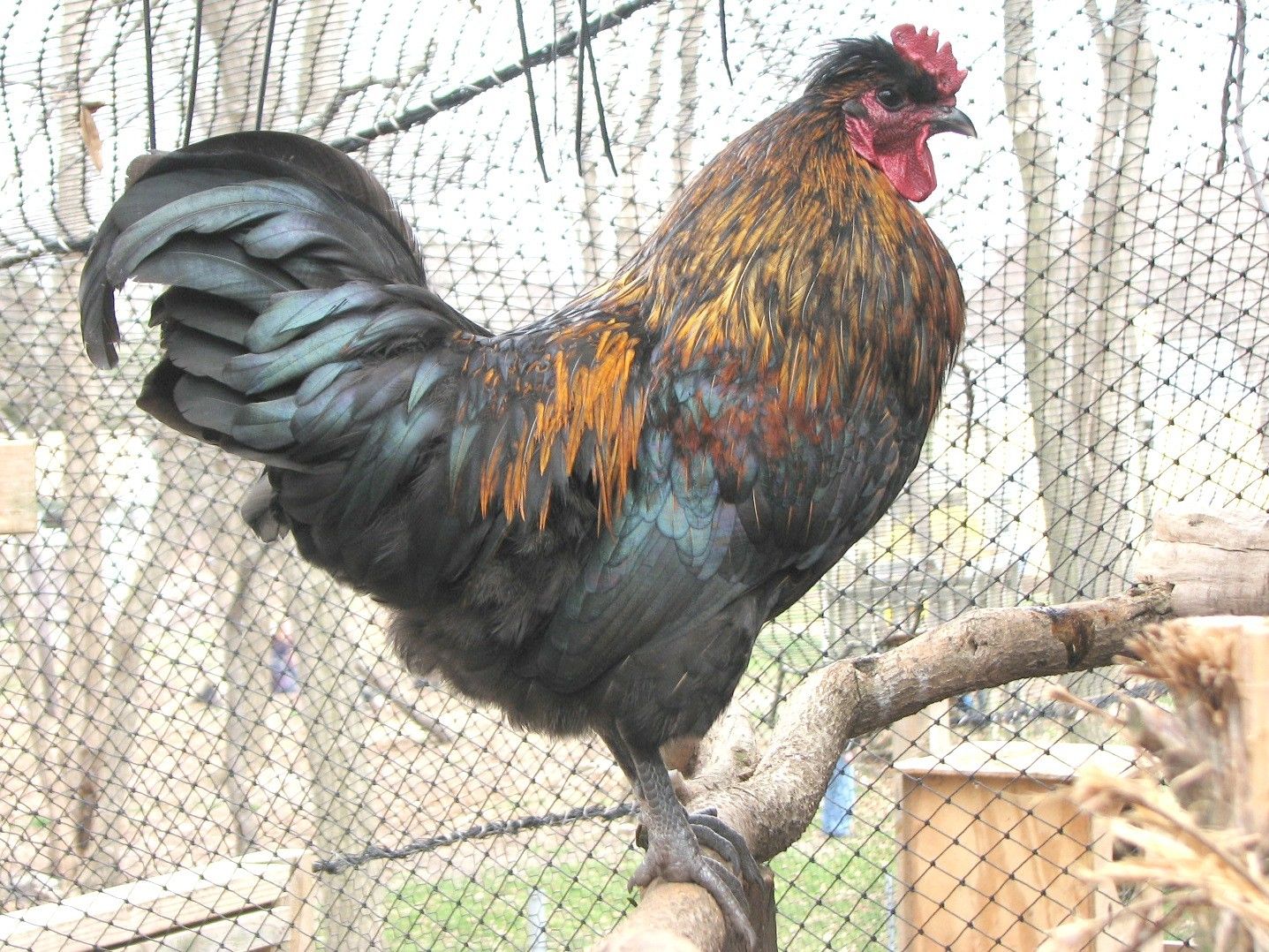
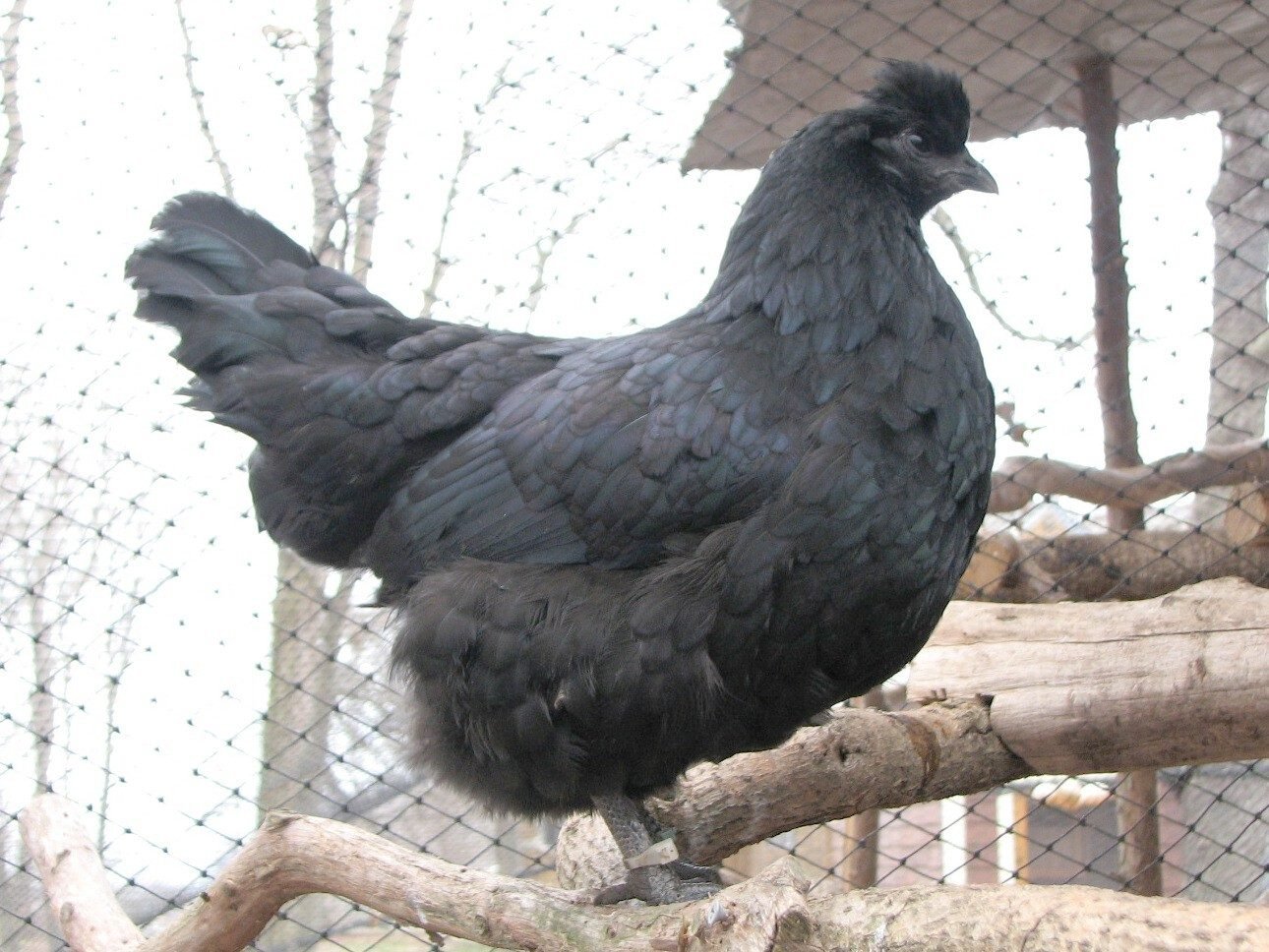
# 2 - Ponape - Saudeleur line <wild, even if raised by hand>
The Saudeleur is a Micronesian Gamefowl descended of the Violaceous Junglefowl (Gallus violacea Gould)and Austronesian Fighting Game. The Saudeleur is a wild race, completely naturalized as a feral bird in the interior of the mysterious island of Ponape (Pohnpei). Trapped by the islanders for their beautiful plumage , they are amongst most prized possessions in Micronesian villages on the coasts.
This is an unusually graceful, light-weight breed, more junglefowl than chicken. The crow is pleasant and multi syllabic but the birds are not particularly vocal.
Many birds are black boned and hence invaluable for selection breeders using their genetic stock for the creation of Cemani.


# 3 - Koro Sea - From the Fiji Islands <wild, but if raised by hand, a little less so>
please refer to this link. https://www.backyardchickens.com/t/540636/i-heart-rapanuis







# 4 - Black Quechua Olmec
This is an ancient, black-boned race of Bolivian Quechua. It tends to produce the most dramatically tinted eggs amongst the Quechua sub-breeds. Bolivian Indians prefer a very green egg but most of our stock tend to produce a pale turquoise egg, though there are always exceptions and some hens produce a vivid green or robin blue egg. These are hatched from the same clutches as hens that produce pale eggs. The Black Quechua Olmec rooster is scintillating violet and burned orange in colour with black skin. The female is generally black but there is partridge variation which is quite common as well. The most valuable morph of this breed has a blue breast and iridescent purple tear drop spots in its hackles. White coloured Black Quechua Olmec are not uncommon and tufted birds pop up from time to time. This antique breed is very similar to the Sweet Potato Quechua but a bit warier and wilder. It is exceedingly hardy and well suited for cold rainy regions.


# 5 - Sweet Potato Quechua
This is an antique South American relative of the North American Ameraucana. Our strains have Marquesas Island Junglefowl (Gallus temmincki Gould) ancestry as well as old Peruvian Indian village hen genetics.
Some Sweet Potato Quechua produce unusually blue or turquoise eggs and some will produce tea yellow or pale pinkish brown eggs. Most lay a pale aqua or stone hued egg. Being a fantastic layer of medium eggs. It is often an even more consistent winter layer than the Ameraucana and it’s still more cold hardy.
This unusual breed is a great forager, unusually sweet tempered and lovely. Sweet Potato Quechuas make fine mothers. They are an unusually striking fowl that don’t ruin a garden. The roosters have a musical crow and are fairly quiet compared with most breeds.
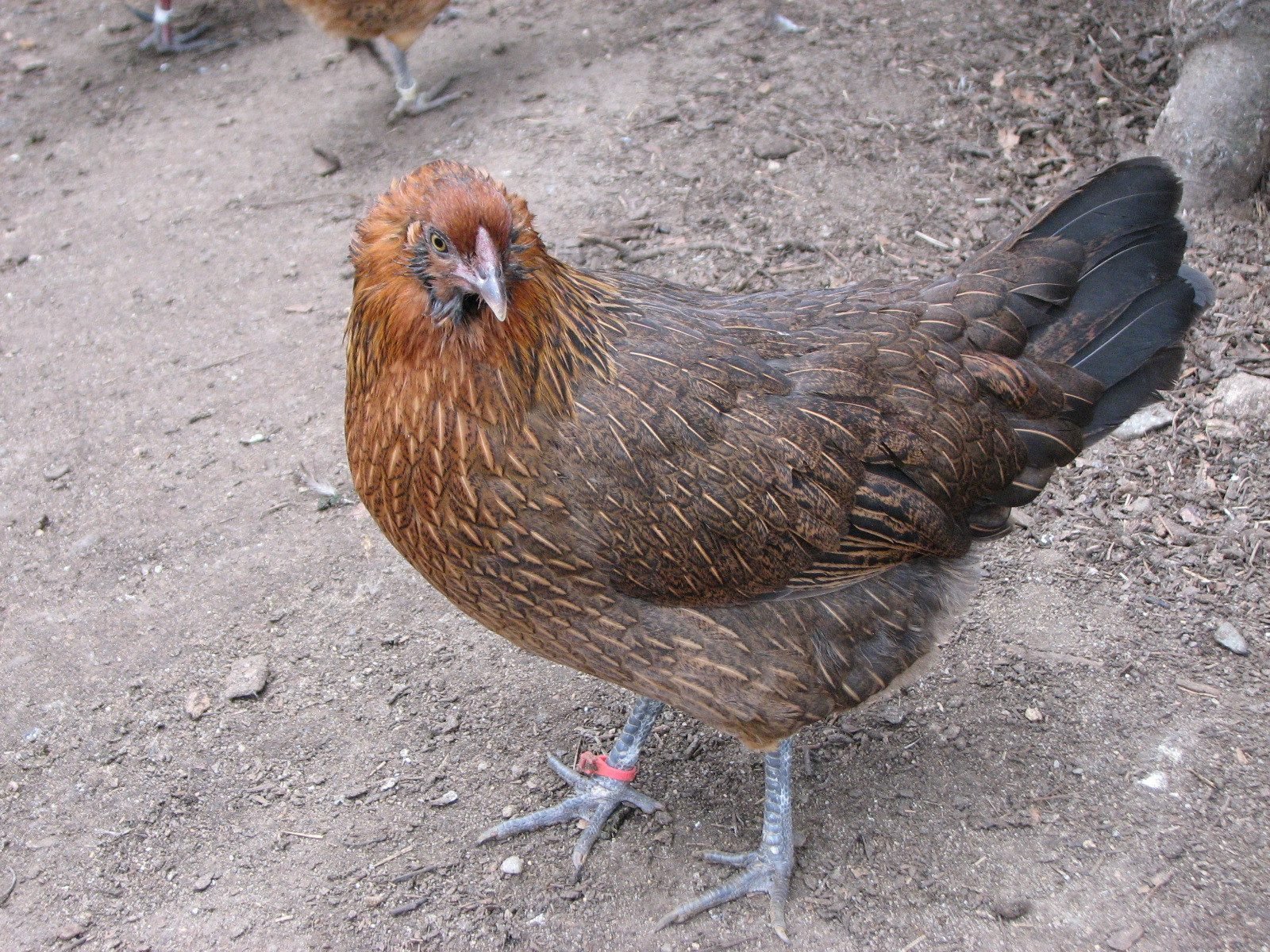

# 6 - Colloncas (very nice line)
Colloncas are one of the original and most ancient breeds of the Mapuche Indian culture of Chile. They produce generous numbers of colourful eggs and like many South American fowl lay well into the winter. Some hens will produce a pale sea foam hued egg, others robin blue, ash grey and even lilac. A single pair of Colloncas may produce hens that each lay a different colour.
Colloncas are best known for innate tameness. They enjoy being held but unlike Silky fowl, which also enjoy human companionship, the Colloncas is completely winter hardy and can evade predators ably. It is a fairly strong flier and one of the more quiet breeds. Colloncas are very good at tick and fly control and are traditionally kept with sheep and llamas.
The Colloncas is one of the two primary ancestors of the Araucana. It is advisable that the poultier keep at least two roosters with a flock of hens, three is the ideal number as Colloncas have strong pair bonds and the roosters work in cooperation to defend and chaperone hens and chicks. As a rule, true Colloncas roosters do not fight with one another and are never aggressive with people.

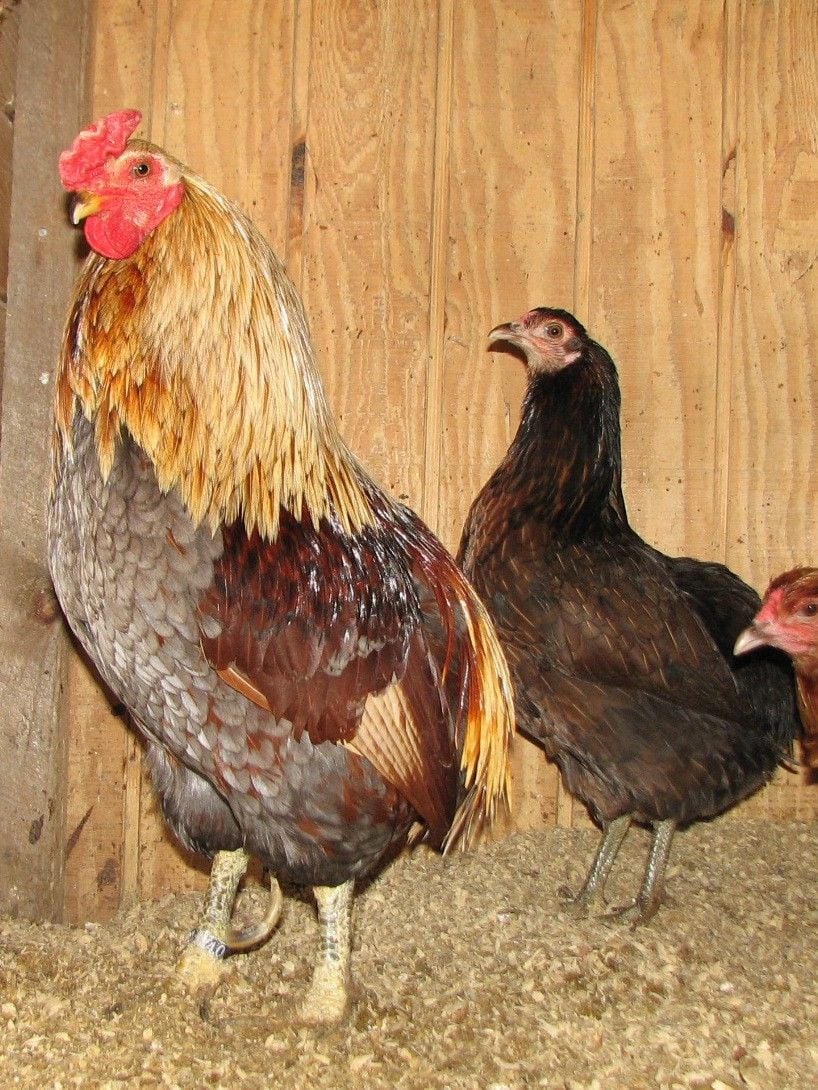
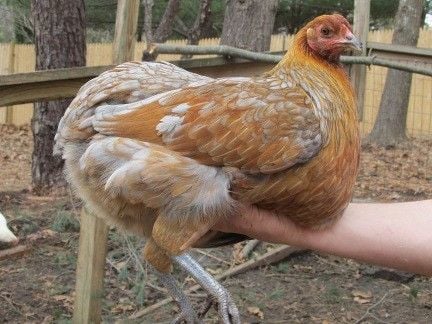
Please PM me if you want to arrange a purchase (or have questions).
I haven't seen Yashar online for many monthsDo you still breed colloncas?